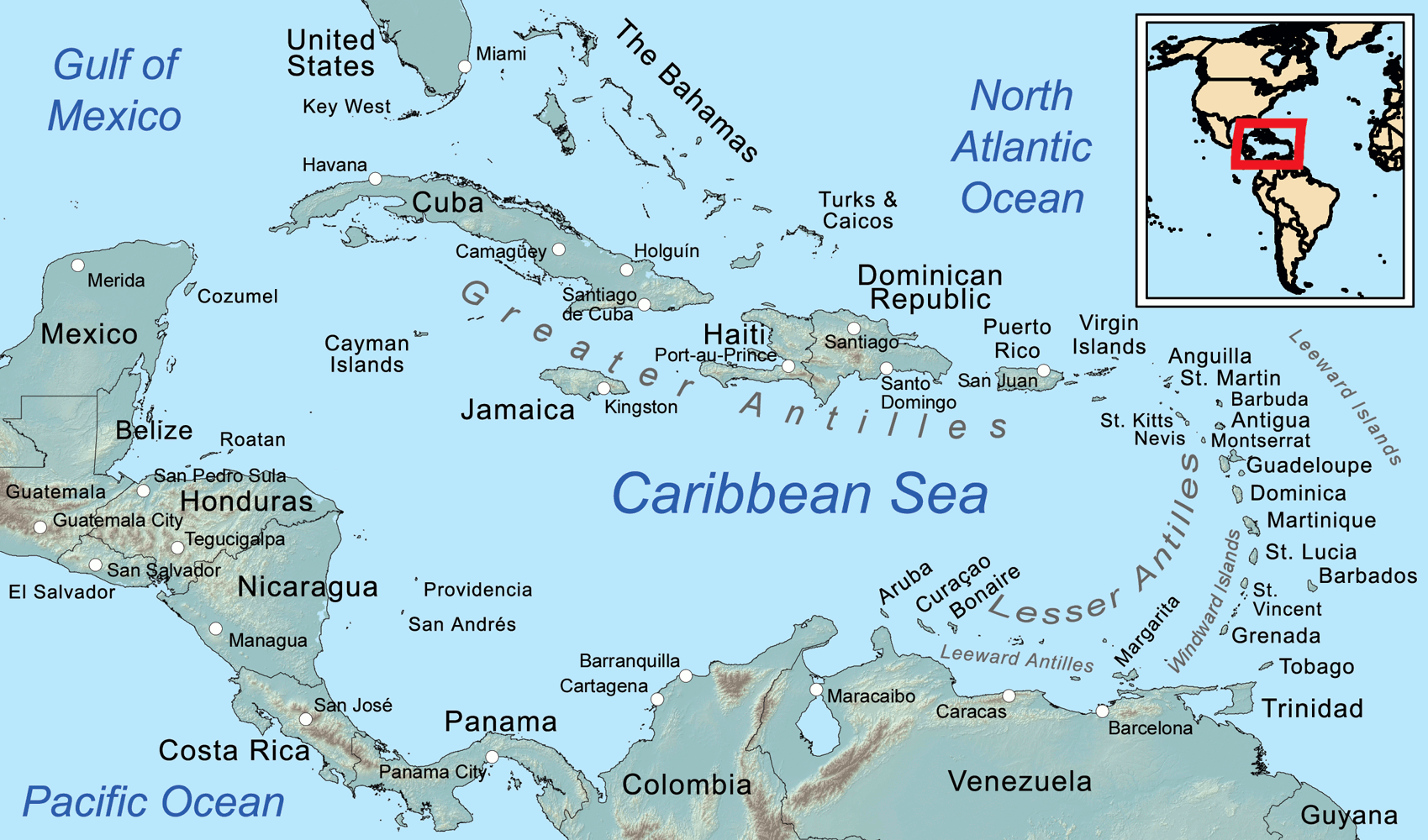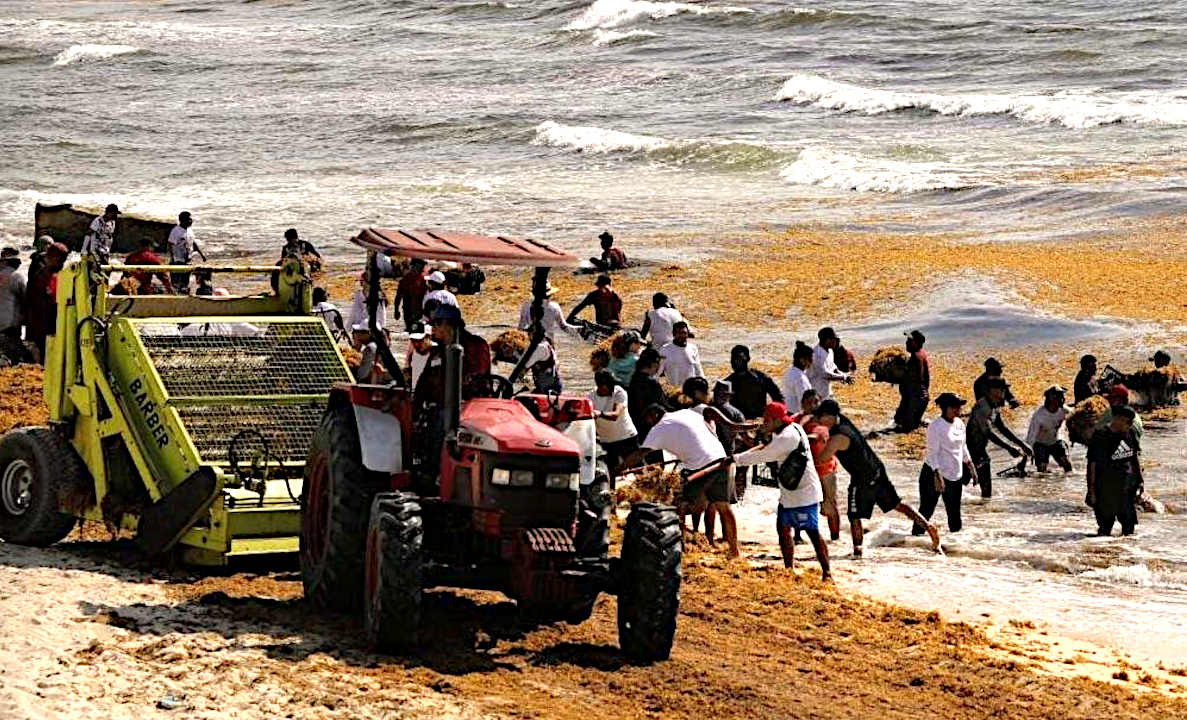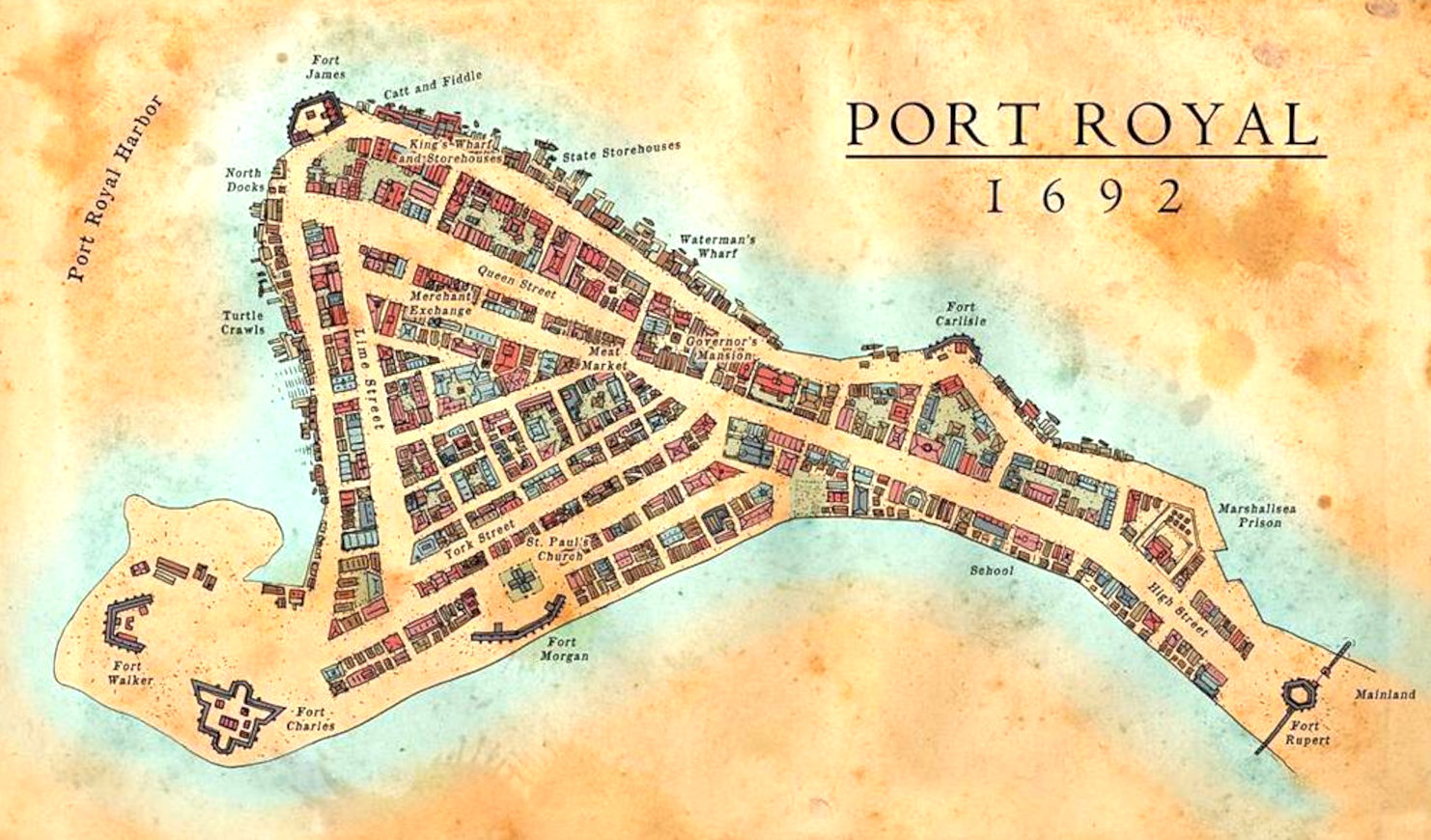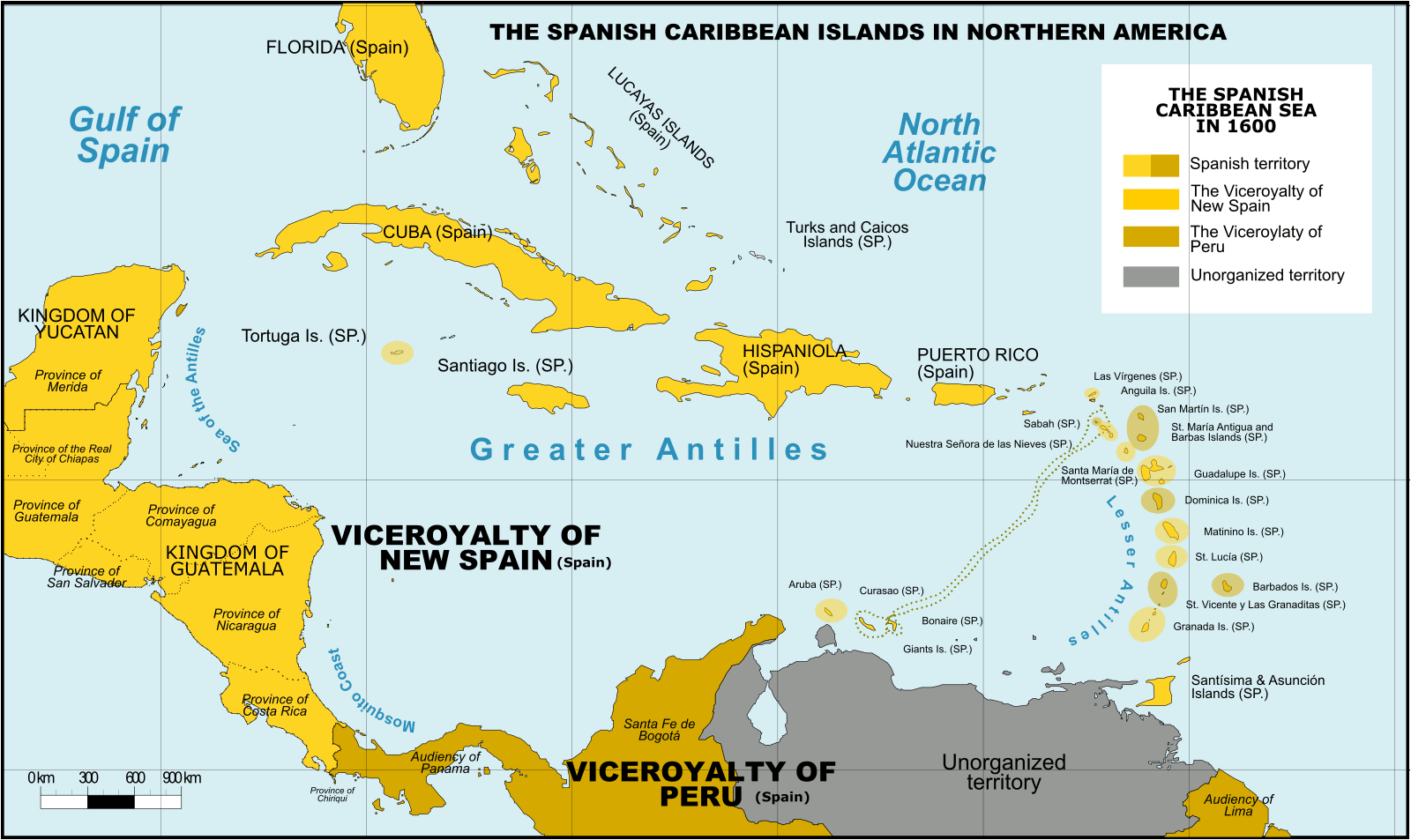|
G U A D E L O U P E
|
|
|
|
With the demonstrable ability to migrate oceans, as global warming stirs up the oceans and winds, sargassum could see the Indian and Pacific oceans, also up shit creek without a paddle. There simply are not sufficient funds locally to be able to deal with an international world epidemic in the making. Let us hope that COP27 is more productive than FLOP26. With sargassum lapping at the shores of Australia, China, Indian and Japan, those countries at the moment at arms length from the biblically proportional pestilence, might then begin to see the wood, for the trees. When they woke up and inhaled a nostril full of noxious odours. What is for sure, standing still, is going backwards - because a fast growing invasive species does not have committee meetings to decide what committees should be set up to decide on an action plan. Sargassum just gets on with it. H. G. Wells had it spot on with War of the Worlds. Except, he got the color of the weed wrong, it is brown not red.
The French-owned archipelago of Guadeloupe actually consists of the smaller islands of Basse-Terre, Grande-Terre, Marie-Galante, La Désirade, and the Îles des Saintes. Les Abymes is the most populated city. There, you’ll find French-speaking locals out and about enjoying the impressive, lush scenery. Or at least that is how it was before the deadly Sargassum plague. Population in 2019: 400,124.
OG GIURNAL 8 AUGUST 2022 - IN THE WEST INDIES THE FIGHT AGAINST SARGASSUM IS SLIPPING
Map of the Caribbean Sea, showing the Greater, Lesser, and Leeward Antilles, the Leeward and Windward Islands.
EUROPEAN UNION (COMMISSION) EU
Sargassum: scourge of brown algae in Guadeloupe and Martinique
2.
Will a structured action plan be introduced, and if so, what will the timeframe be?
Two questions posed to the European Commission via the European Parliamentary system, asking for help for overseas territories, who are bearing the brunt of sargassum seaweed. Guadeloupe and Martinique are also asking if there will be a structured plan and if so what the timeframe will be.
It is clear from the answer to this very important question, that much like plastic, there will be very little direct action to clean up the Caribbean Sea. Islanders are therefore on their own, except perhaps for research, and here, you will find that data is mostly protected by those carrying out such research. The concerns of the islanders remains unsupported, they are on their own - despite the excesses of the EU contributing to climate change, one of the root causes of macro algae blooms. The UNEP has a white paper on the subject, again without any definite action plan. Though the problem has been steadily escalating since 2014.
The European Commission fund research and more research, but not solutions. In the hope that the data and other logging of information will somehow magic up a solution. And that is why we have the Russia-Ukraine war. The EU knew how dangerous is was not to accelerate hydrogen and battery technology to rid us of fossil fuels from dangerous empire building kleptocrats. And they knew that burning fossil fuels was causing the warming oceans that would cause sargassum blooms. But they just sat on their hands.
They don't even have an infrastructure to support electric vehicles at present, knowing the heat waves are getting worse.
We're all right Jack. Please don't rock our political boat!
The moment you have a solution, there is no need for research. Oops, all that taxpayer's money spent on research is, or was, wasted. Money wasted is a bigger societal carbon footprint, needing more financial enslavement, as a rod to the back of the working man, to generate the taxes to pay for all that thinking and administration.
Knowledge is only power if you act on it. Knowledge for the sake of knowing, is worthless. Reference, Dutch Boy.
It would serve them right if the Mediterranean Sea heralded another (New) Sargasso Sea - as the pestilence takes a hold on all water on planet earth. Then, and only then, might policies shift from thinking about something, to doing something.
In a crisis, we don't need think-tanks, we need do-tanks.
They will only realise they are up shit creek without a paddle they have helped to create in the Caribbean and West African coast, is washing up on their shores, then they will be in the shit themselves. Caused by inaction, trailing curves, instead of leading edges.
SARGASSUM: Represents an immediate threat to the economics of the Caribbean Islands, the Gulf of Mexico, and African West Coast, but is also a potential asset if it can be economically harvested and used for, among other things, fertilizer for agriculture: where there is a world shortage.
BIOMASS - BUILDING MATERIALS - CANCER TREATMENTS - CLOTHING & SHOES - CO2 SEQUESTRATION - COSMETICS FERTILIZERS - FOODS - MEDICINES - MINERALS - PACKAGING - SUPPLEMENTS - VITAMINS
THE CARIBBEAN ISLANDS BY POPULATION
1
Cuba 11,252,999
29 Tortuga 25,936 30
Roatán 110,000
Map of Port Royal from 1692, where the notorious buccaneer, Sir Henry Morgan was buried, along with a Code to give meaning a treasure Map inherited by Lord Huntington - giving the whereabouts of a Kings ransom. Unfortunately, Port Royal was sunk when hit by an earthquake and tsunami in June 1692, along with the grave of the infamous buccaneer, lost in time until re-discovered by John Storm and the Elizabeth Swann. This is the start of a race to find the hidden stash, involving treachery and industrial espionage.
The Caribbean Sea is littered with shipwrecks and dotted with dozens of paradise islands, where pirates are said to have buried their treasure. Many island nations are at risk as to rising sea levels, caused by climate change, with the United Nations powerless to deal with global warming, being dependent on fossil fuels. The area has some of the most interesting World Atlas locations on Planet Earth.
Spanish Caribbean Islands 1600 Spanish Overseas territories Northern America Turks and Caicos Islands (1492-1516, 1516-1678) * Islas Turcas y Caicos The Bahamas (1492-1516, 1516-1648) *Islas Lucayas Bermuda (1503-1516, 1516-1609) *Carabela/Isla de los Diablos Greater Antilles Cuba (1492-1762, 1763-1898) *Juana Cayman Islands (UK) (1503-1670) *Islas de las Tortugas La Española/Hispanola (1492-1795, 1801-1822) Dominican Republic (1492-1795, 1801-1822, 1861-1863) *Santo Domingo Haiti (1492-1793) *Santa María Jamaica (1492-1655) *Isla Santiago Puerto Rico (US) (1493-1898) *San Juan Bautista Lesser Antilles Leeward Islands: Virgin Islands (1493-1587) *Islas Once Mil Vírgenes / Islas Vírgenes St. Thomas (US) (1493-1587) St. John (US) (1493-1587) St. Croix (US) (1493-1587) Water Island (US) (1493-1587) British Virgin Islands (UK) (1493-1648) *Islas Once Mil Vírgenes / Islas Vírgenes Tortola (UK) (1493-1648) Virgin Gorda (UK) (1493-1672) Anegada (UK) (1493-1672) Jost Van Dyke (UK) (1493-1672) Anguilla (UK) (1500-1631, 1631-1650) *Isla de la Anguila Saint Martin/Sint Maarten (France/Neth.) (1493-1631) *San Martín Saint-Barthélemy (Fr.) (1493-1648) *San Bartolomeo Saba (Neth.) (1493-1640) *Saba/San Cristóbal Sint Eustatius (Neth.) (1493-1640) *San Eustaquio St. Kitts and Nevis (1493-1628) *Nuestra Señora de las Nieves Saint Kitts (1493-1628) *San Cristóbal Nevis (1493-1628) *Nieves Antigua and Barbuda Barbuda (1493-1628) *Santa Dulcina Antigua (1493-1632) *Santa María de la Antigua Redonda (1493-1632) *Santa María la Redonda Montserrat (UK) (1493-1632) *Santa María de Monstserrat Guadeloupe (Fr.) (1493-1631) *Santa Guadalupe Windward Islands: Dominica (1493-1635) *Domingo Martinique (Fr.) (1502-1635) *Martinino Saint Lucia (St. Lucia) (1502-1660) *Santa Lucía Barbados (1492-1620) *Los Barbados/El Barbudo St. Vincent and the Grenadines (1498-1627) *San Vicente Saint Vincent the Grenadines Grenada (1498-1650) *Concepción Carriacou & Petite Martinique (Grenada) Trinidad & Tobago (1498-1628) *Santísima e Asunción Aruba (Neth.) (1499-1648) *Aruba/Oroba Curaçao (Neth.) (1499-1634) *Curasao/Isla de los Gigantes Bonaire (Neth.) (1499-1635) * Bonaire/Buon Aire Viceroyalty of New Granada Los Roques Archipelago (Ven) La Orchila (Ven) La Tortuga (Ven) La Blanquilla (Ven) Margarita Island (Ven) Coche (Ven) Cubagua (Ven) Other islands (Ven) *Founded Spanish names
ATLANTIS - MEDITERRANEAN SEA ATLIT-YAM - ISRAEL PAVLOPETRI
- GREECE RUNGHOLT
- DENMARK YONAGUNI JIMA - JAPAN
LINKS
https://oggiurnal.com/author/isabella/ https://oggiurnal.com/nelle-indie-occidentali-la-lotta-al-sargassum-sta-scivolando/ https://oggiurnal.com/nelle-indie-occidentali-la-lotta-al-sargassum-sta-scivolando/ [1]
https://www.francetvinfo.fr/sante/environnement-et-sante/c-est-quoi-le-probleme-avec-les-sargasses-ces-algues-toxiques-qui-proliferent-dans-les-antilles_2962815.html [4]
https://www.mer.gouv.fr/direction-generale-des-affaires-maritimes-de-la-peche-et-de-laquaculture-dgampa#:~:text=La%20DGAMPA%20a%20pour%20mission,et%20de%20nos%20milieux%20marins
STUDIO/AGENTS: A draft script for Kulo-Luna is available on request. Cleopatra The Mummy is currently under development
|
|
Please use our INDEX to navigate this site or return HOME
This website is Copyright © 2024 Cleaner Ocean Foundation & Jameson Hunter - All rights reserved
|









